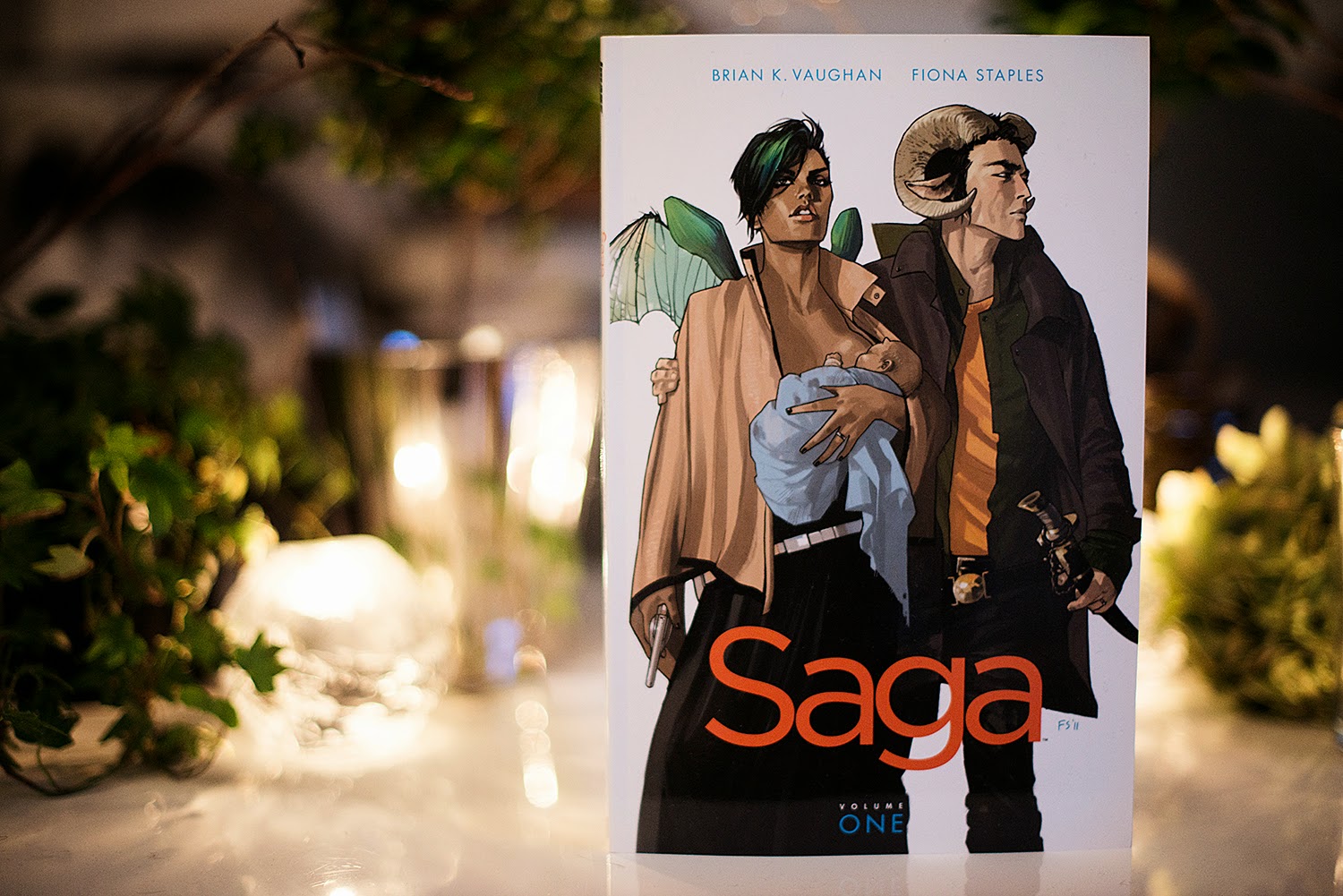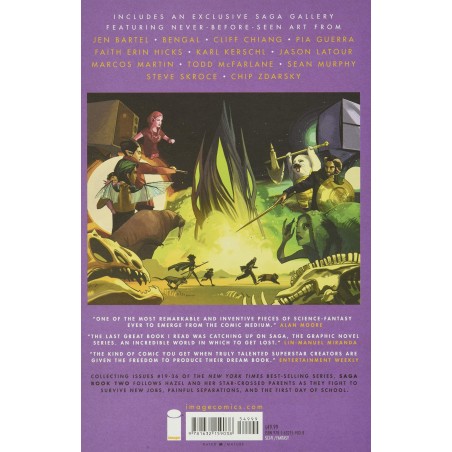

As a lot of the sagas take place on a Viking Age stage, too, it is not hard to envisage some Viking Age stories surviving orally until medieval authors picked up on them and shaped them into their own written versions. This oral tradition hails back at least to the Viking Age, when poetry was often performed for the elite. Some Viking Age stories likely survived orally until medieval authors picked up on them & shaped them into their own written versions.

History and fiction are often mixed in a sort of Gordian knot that is hard to disentangle, and the stories have as their playground not just Iceland but also Scandinavia, the British Isles, the North Atlantic (including Greenland and North America), the Mediterranean, Russia and the Middle East. 790-1100 CE) – including the settlement of Iceland – to the writers' own times. Poetry is generally included, too, which helps point out the influence older, oral traditions of storytelling are thought to have had on the saga's development.Īlthough the heyday of Old Norse saga composition lay in the 13th century CE, the tales often dive back through the ages into the times of ancestors, heroes and legendary kings, spanning from prehistory through the Viking Age (c. A few sagas were also written in Norway but in either country their usually anonymous writers shaped their stories in high-quality, nuanced prose, leading the saga to now be considered one of the prime vernacular literary genres of Medieval Europe.

The Old Norse word Saga means 'story', 'tale' or 'history' and normally refers specifically to the epic prose narratives written mainly in Iceland between the 12th- and 15th centuries CE, covering the country's history as well as Scandinavia's legendary past.


 0 kommentar(er)
0 kommentar(er)
